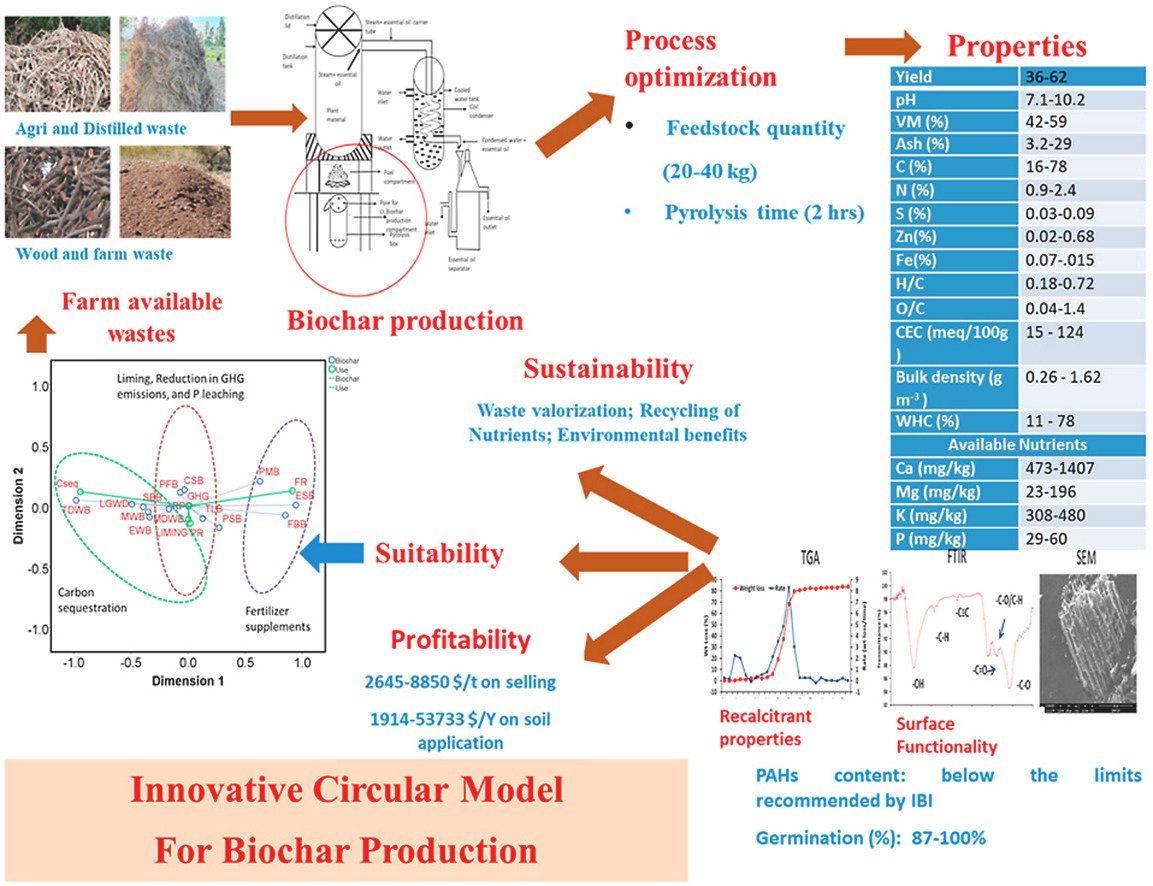Diamonds on the Soles of our Feet
Earth Day 2025
“One Month for Our Planet: Earth Conservation Celebration – March 22 to April 22, 2025”
A powerful celebration of science, community, and environmental stewardship.
LEARNING WITH A HEARTBEAT
Read more about the program
- Give Heart to a Class: Sponsor a class (10-30 students) and provide the resources needed for water literacy and environmental education.
- Give Heart to a School: Support multiple classrooms in a school, bringing water literacy to an entire school community.
- Give Heart to a River: Partner with local youth groups to monitor and protect a nearby river.
- Give Heart to a Water Body: Take responsibility for a local lake, pond, well, or other water source.
- Give Heart to a Village: Engage with learners from different schools within a village, fostering a broader community impact.
- Give Heart to a Neighborhood: Bring together residents to learn, monitor, and protect their local environment.
What Do You Need for a Successful Contribution to the Program?
- One Class (1-30-50-100) learners/students: This is the heart of the initiative: a group of eager students eager to learn and engage in hands-on activities that will make a real impact. Whether in a school, community centre, or after-school program, students will be actively involved in the process.
- One Teacher to Organize and Lead the Students: A dedicated teacher is essential to guiding the students through the activities, ensuring that everything runs smoothly and maximising educational value. Their leadership is key to maintaining structure and focus. Facilitating the discussion and lessons learned is also essential; students can learn that on the spot from this experience and explore further.
- One Student Volunteer: A motivated senior student to guide fellow students through the activities, ensuring that students remain motivated throughout the event. Their presence will be valuable in inspiring and mentoring peer students. Students who already went through a similar program.
- One Adult Volunteer (Champion) to Support the Activities: An extra set of hands is always invaluable. A volunteer will assist the teacher, provide additional guidance to students, and help with the hands-on elements of the activities.
- One Test Kit: The test kit is a critical tool for students to perform experiments or activities. Depending on availability and logistics, it can be sourced locally or through other means.
- One Person to Report on Social Media and Other Media: Spreading the word is crucial! Whether it’s the teacher, the adult volunteer, or another group member, having someone document and share the progress and successes on social media and other platforms helps build community awareness and engagement. This also amplifies the visibility of citizen science and public/volunteer efforts.
- Additional Support Materials (if applicable): Extra materials such as worksheets, safety equipment, or supplementary learning tools might be needed depending on the complexity of the activities. Ensuring these are available ahead of time can further enhance the experience.
- Access to Space and Basic Resources: Whether it’s a classroom, community hall, or outdoor area, having a safe and equipped space to conduct activities is essential. Basic resources like tables, chairs, and access to water or electricity might also be required, depending on the nature of the activities.
- Transform learning into a daily habit and a lasting culture: Share your learning broadly. Emphasise the development of learning tools so that students can apply these lessons afterwards in their day-to-day or separate projects.
Fundraising/Contributions Proposal: Units of Adoption/Funding
To make it easy for donors/volunteers to contribute in a meaningful way, we propose the following units of adoption or sponsorship:
-
- 1 Class (or many classes) in Your Local Area: Fund a class of students in your community to participate in this impactful program. You’ll be directly supporting their learning journey.
- 1 Teacher’s Time to Organize and Lead the Students: Sponsor the time and efforts of a dedicated teacher who will organize and lead the activities. This ensures that the program has strong leadership and is carried out effectively.
- 1 Champion – an Adult Volunteer’s Time to Support the Activities: Fund the contribution of an adult volunteer who will provide additional support during activities. This ensures students receive the guidance and assistance they need to succeed and also ensures the monitoring, assessment, and reporting of the training and impact.
- 1 Test Kit from Your Local Area: Contribute by funding the purchase of a test kit, which is the core tool for the students’ hands-on learning. You can fund kits locally or let us source them from trusted suppliers.
- 1 Media Person’s Time: Sponsor the efforts of someone who will document the program, report on social media, and share success stories. This role amplifies the impact by engaging a broader audience and building momentum.
- 1 Trainer Time: By funding just 3 hours of a trainer’s time, you directly empower students and volunteers with the skills and knowledge to protect our planet. Our expert trainers will guide participants through essential conservation techniques, hands-on activities, and real-world applications in that hour.
Your contribution isn’t just about covering time—it’s about creating environmental champions who will make a difference in their communities.





